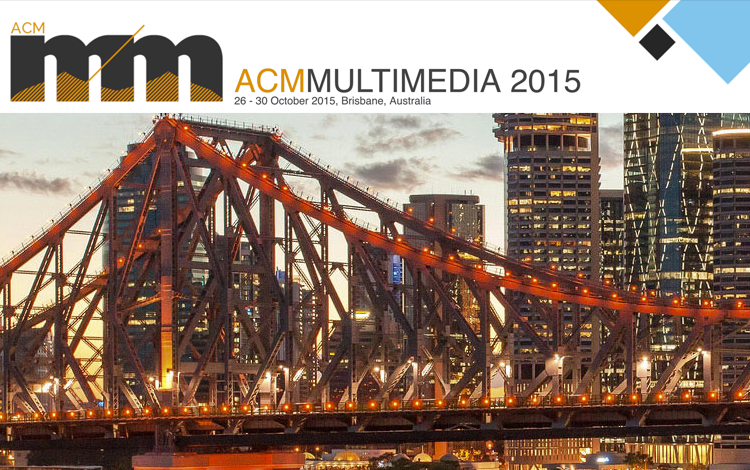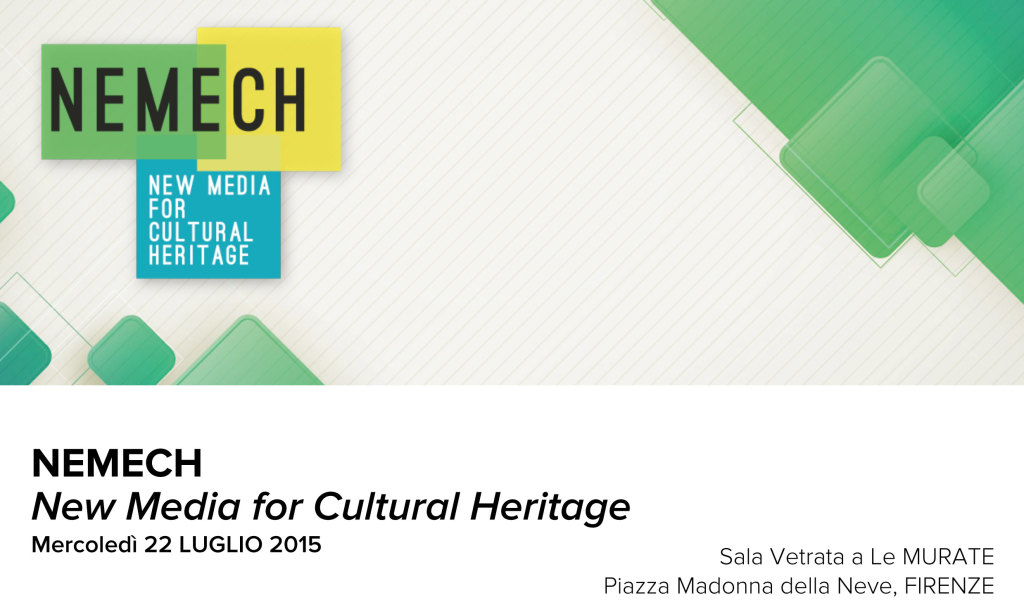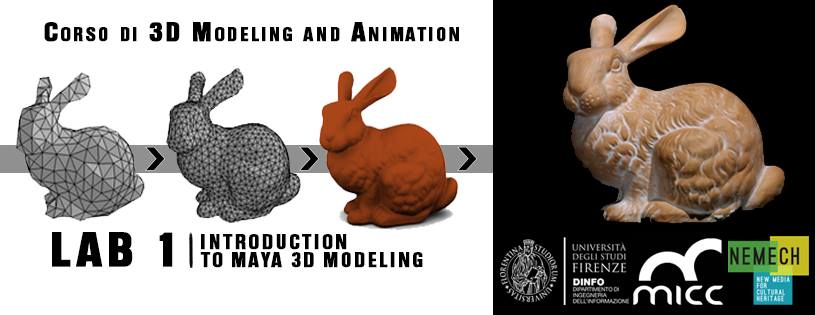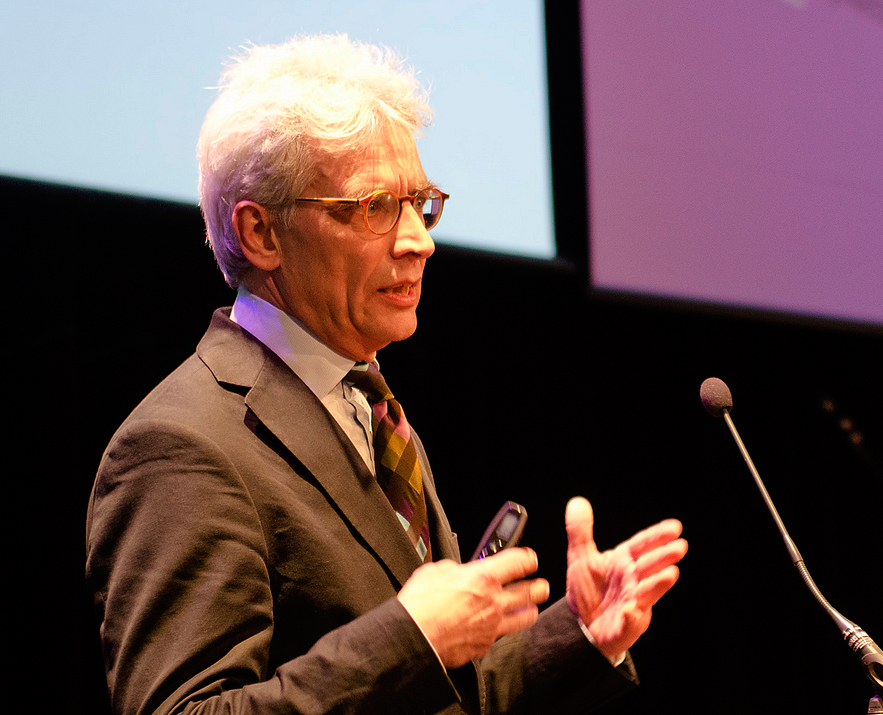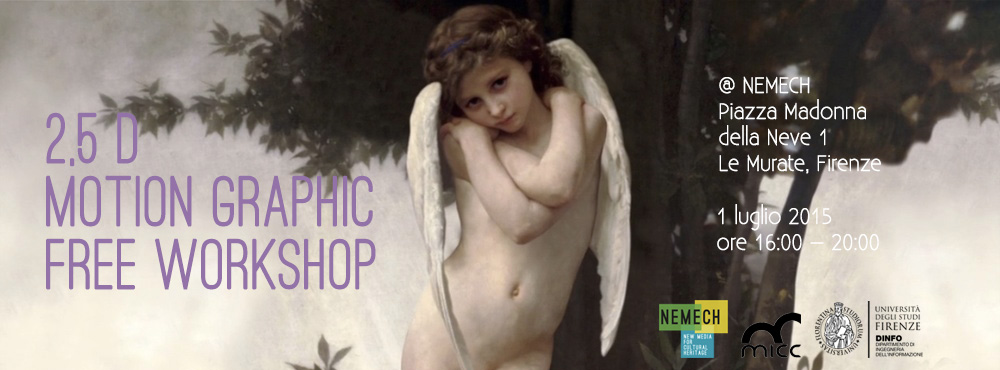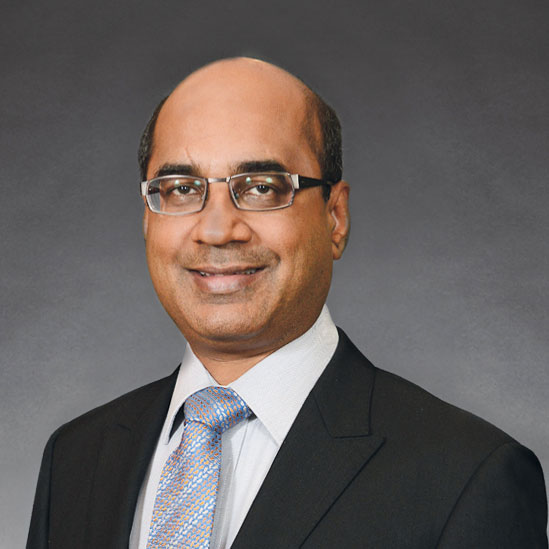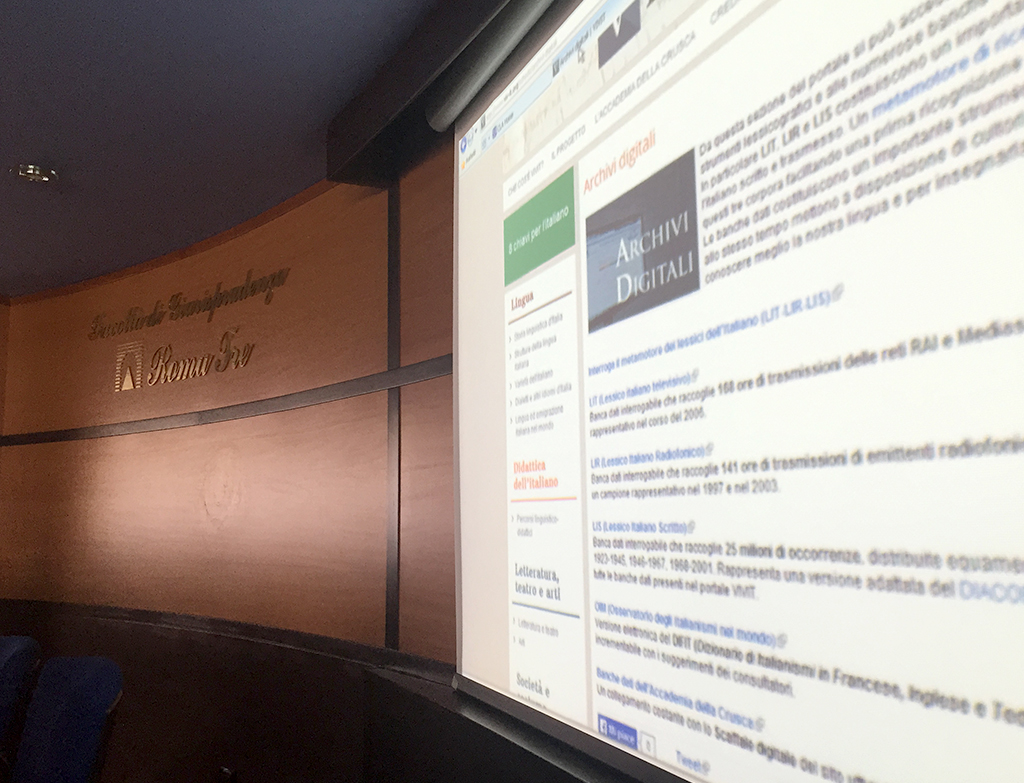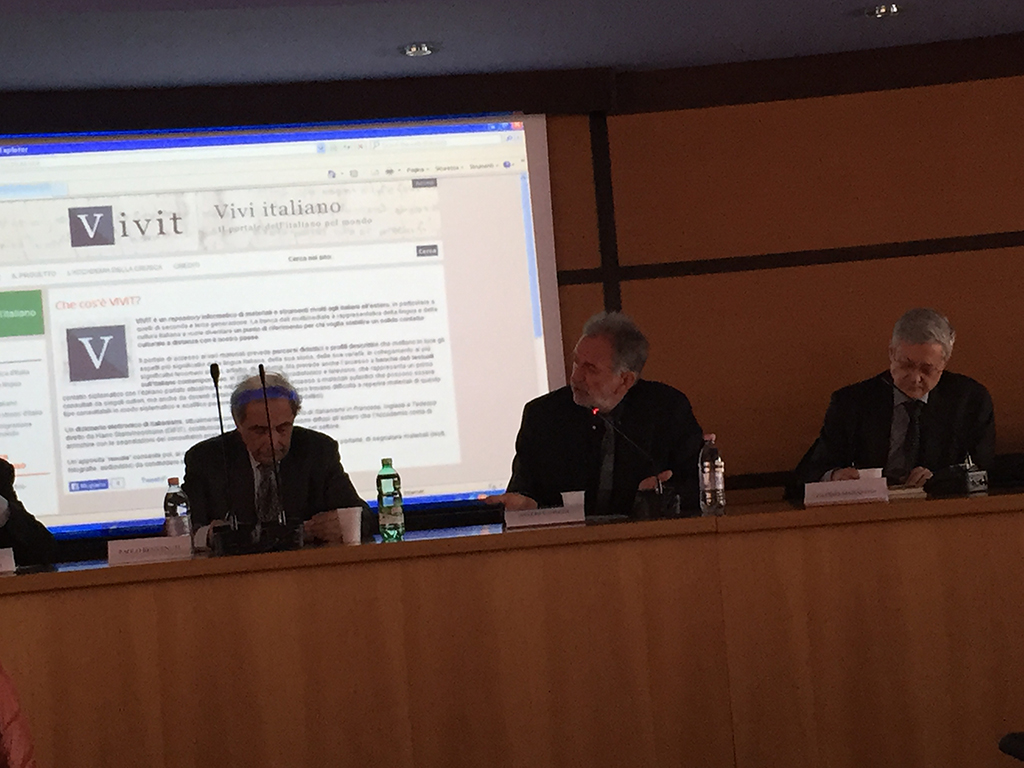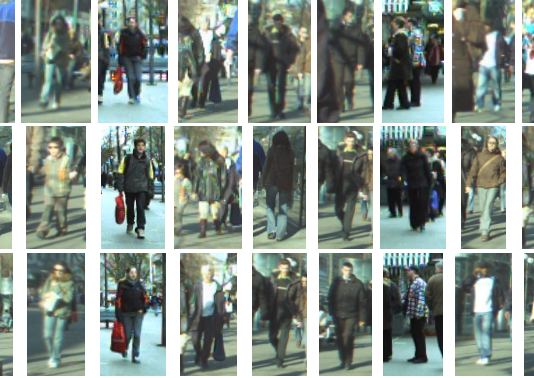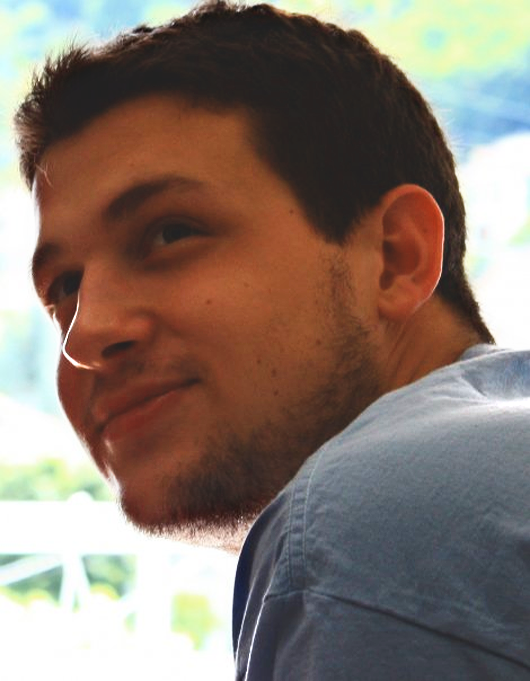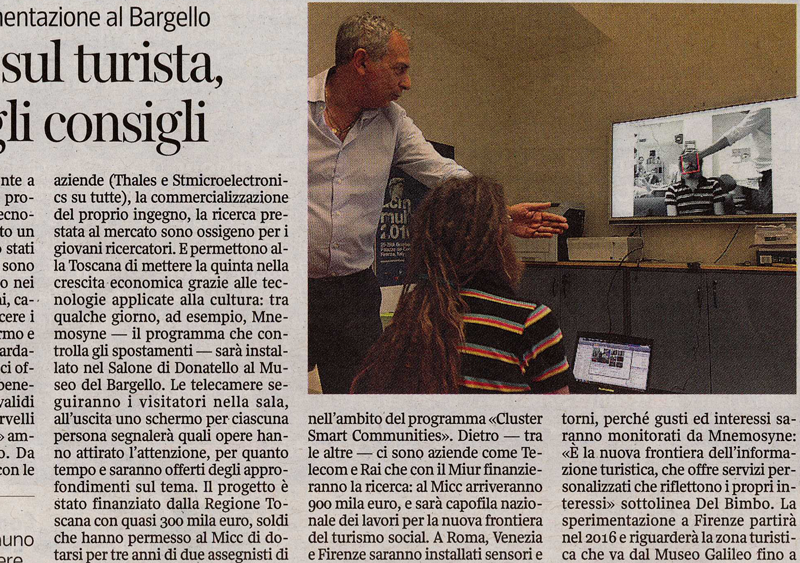MICC will be at ACM Multimedia 2015:
- we organize the tutorial on Image Tag Assignment, Refinement and Retrieval: this tutorial focuses on challenges and solutions for content-based image annotation and retrieval in the context of online image sharing and tagging. We present a unified review on three closely linked problems, i.e., tag assignment, tag refinement, and tag-based image retrieval;
- we present a short paper in the poster session: Image Popularity Prediction in Social Media Using Sentiment and Context Features Francesco Gelli, Tiberio Uricchio, Marco Bertini, Alberto Del Bimbo (University of Florence, Italy), Shih-Fu Chang (Columbia University, USA)
- we present four demos:
- Movie’s Affect Communication Using Multisensory Modalities Joël Dumoulin, Diana Affi, Elena Mugellini, Omar Abou Khaled (HumanTech Institute, University of Applied Sciences, Switzerland) Marco Bertini, Alberto Del Bimbo (MICC, University of Florence, Italy)
- PITAGORA: Recommending Users and Local Experts in an Airport Social Network Andrea Ferracani, Daniele Pezzatini, Andrea Benericetti, Marco Guiducci, Alberto Del Bimbo (Università degli Studi di Firenze – MICC, Italy) – Read More
- A System for Video Recommendation using Visual Saliency, Crowdsourced and Automatic Annotations Andrea Ferracani, Daniele Pezzatini, Marco Bertini, Saverio Meucci, Alberto Del Bimbo (Università degli Studi di Firenze – MICC, Italy) – Read More
- smArt: Open and Interactive Indoor Cultural Data Andrea Ferracani, Daniele Pezzatini, Alberto Del Bimbo, Riccardo Del Chiaro, Franco Yang, Maurizio Sanesi (Università degli Studi di Firenze – MICC, Italy) – Read More
